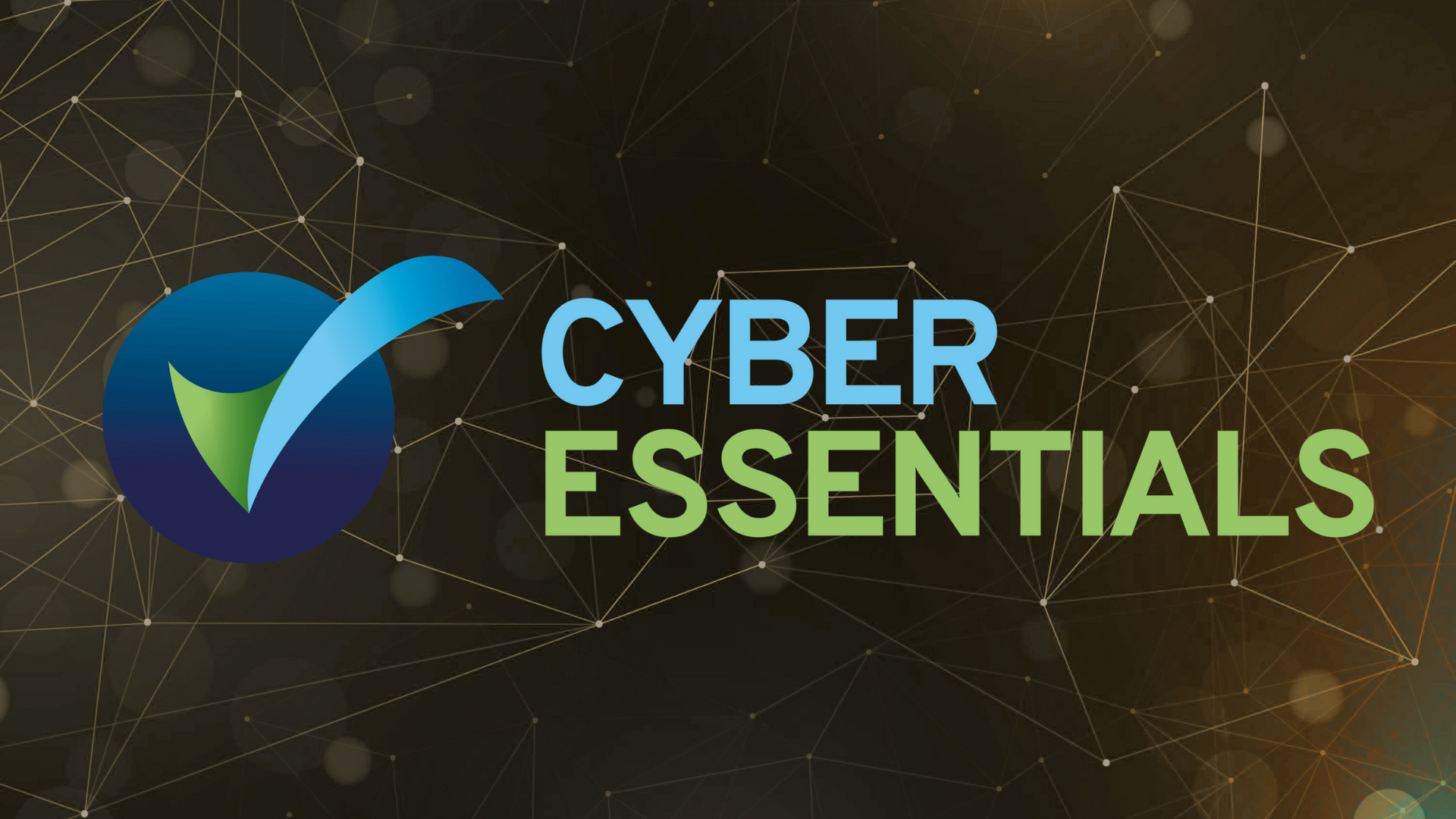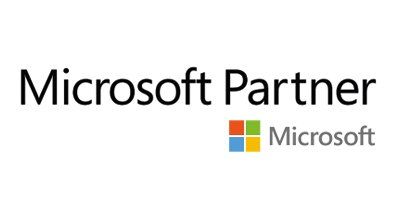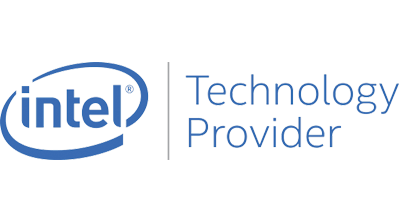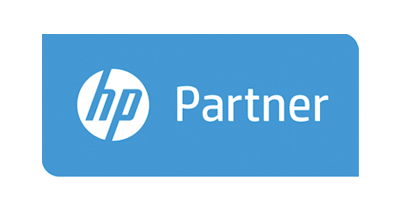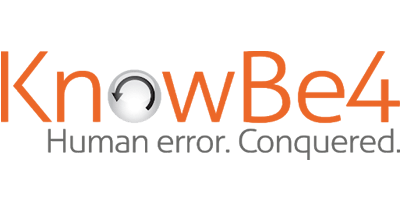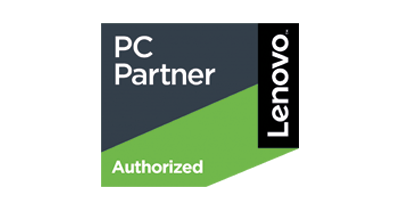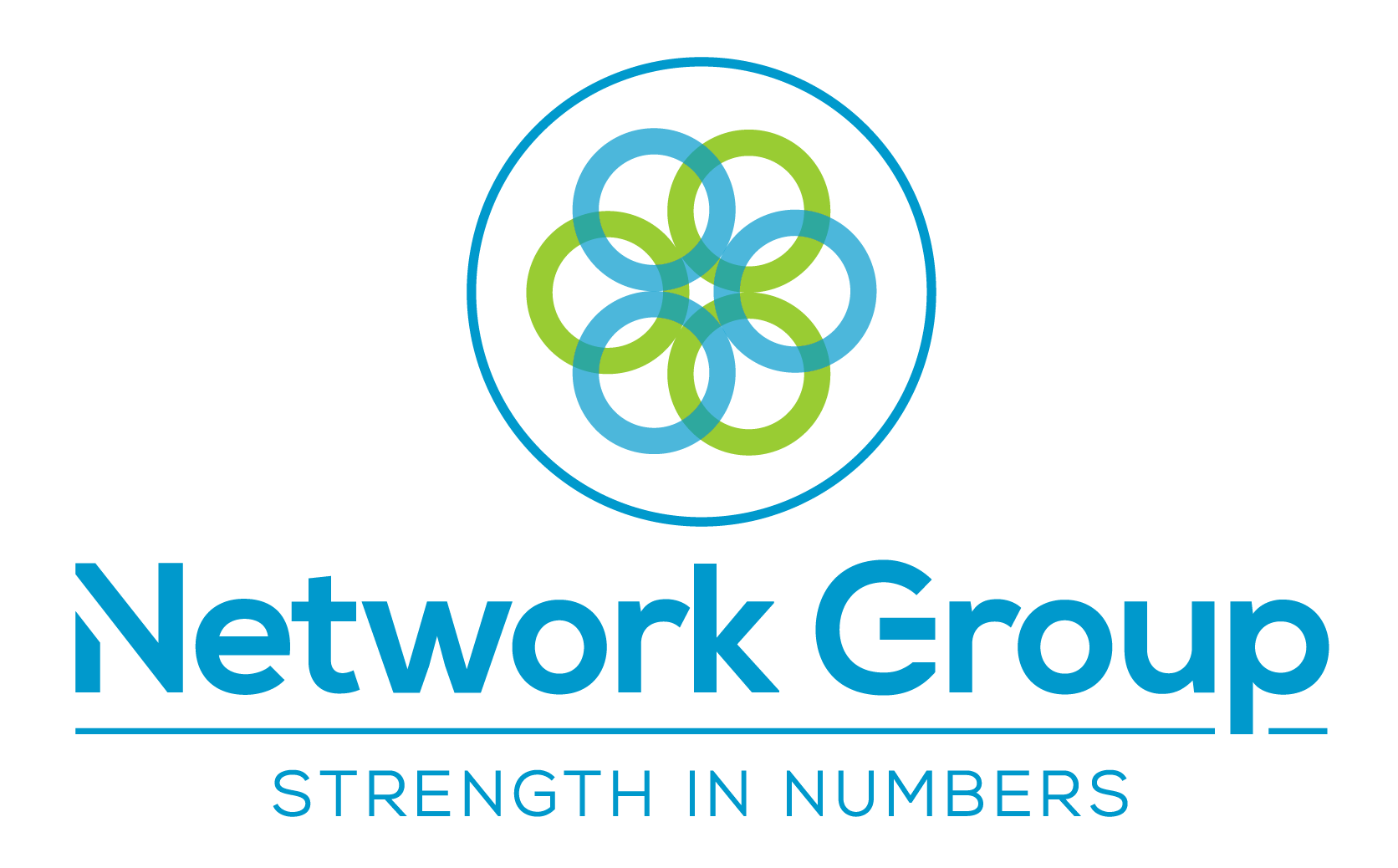Cloud Services vs. On-Premises Solutions: Which is Right for Your Business?
Businesses are constantly faced with decisions about how to best manage their IT infrastructure. One of the most significant choices is whether to adopt cloud services or stick with on-premises solutions. Both options have their advantages and drawbacks, and the right choice depends on your business's specific needs and goals. Let's explore the key differences between cloud services and on-premises solutions to help you make an informed decision.
Understanding Cloud Services
Cloud services refer to the delivery of computing resources, such as servers, storage, databases, networking, software, and analytics, over the internet. Instead of hosting and managing these resources on-site, businesses can access them through a cloud service provider. This model offers several benefits:
- Scalability: Cloud services allow businesses to easily scale their IT resources up or down based on demand. This flexibility is particularly beneficial for businesses with fluctuating workloads or those experiencing rapid growth.
- Cost Efficiency: With cloud services, businesses can avoid the upfront costs of purchasing and maintaining hardware. Instead, they pay for the resources they use on a subscription or pay-as-you-go basis, which can lead to significant cost savings.
- Accessibility: Cloud services enable employees to access data and applications from anywhere with an internet connection. This is especially valuable for remote work and collaboration across different locations.
- Automatic Updates: Cloud service providers handle software updates and maintenance, ensuring that businesses always have access to the latest features and security patches without the need for manual intervention.
Understanding On-Premises Solutions
On-premises solutions involve hosting and managing IT infrastructure within a business's physical location. This traditional model offers its own set of advantages:
- Control: With on-premises solutions, businesses have complete control over their IT infrastructure. This can be important for organisations with specific security or compliance requirements that necessitate direct oversight of their data and systems.
- Customisation: On-premises solutions can be tailored to meet the unique needs of a business. This level of customisation can be beneficial for organisations with specialised applications or workflows.
- Performance: For businesses with high-performance computing needs, on-premises solutions can offer faster data processing and lower latency compared to cloud services, which rely on internet connectivity.
- Data Security: Some businesses prefer on-premises solutions because they can implement their own security measures and have direct control over their data. This can be particularly important for industries with strict data privacy regulations.
Choosing the Right Solution for Your Business
When deciding between cloud services and on-premises solutions, consider the following factors:
- Budget: Evaluate your budget for IT infrastructure. Cloud services can offer cost savings through a pay-as-you-go model, while on-premises solutions require significant upfront investment in hardware and ongoing maintenance costs.
- Scalability Needs: Consider your business's growth trajectory and whether you need the flexibility to scale your IT resources quickly. Cloud services are ideal for businesses with dynamic workloads or those planning for rapid expansion.
- Security and Compliance: Assess your security and compliance requirements. If your business operates in a highly regulated industry or has specific data privacy concerns, on-premises solutions may provide the control and customization you need.
- IT Expertise: Consider the level of IT expertise within your organisation. Cloud services can reduce the burden on your IT team by handling updates and maintenance, while on-premises solutions require in-house expertise to manage and support the infrastructure.
- Accessibility and Collaboration: Think about how your employees work and collaborate. If remote work and access to data from multiple locations are important, cloud services offer the accessibility and flexibility needed to support a distributed workforce.
In conclusion, both cloud services and on-premises solutions have their merits, and the right choice depends on your business's unique needs and goals. Cloud services offer scalability, cost efficiency, and accessibility, making them ideal for businesses looking for flexibility and remote collaboration. On the other hand, on-premises solutions provide control, customisation, and performance, which can be crucial for organisations with specific security and compliance requirements. By carefully evaluating your budget, scalability needs, security concerns, IT expertise, and collaboration requirements, you can make an informed decision that aligns with your business's objectives.
If you're looking to implement either a Cloud or On-Premises Solution, book a call to discover how 1-Fix can help you get sorted.
Join Our Mailing List
All sign-ups are handled inline with our privacy policy and can unsubscribe at any time.
Recent Blogs





